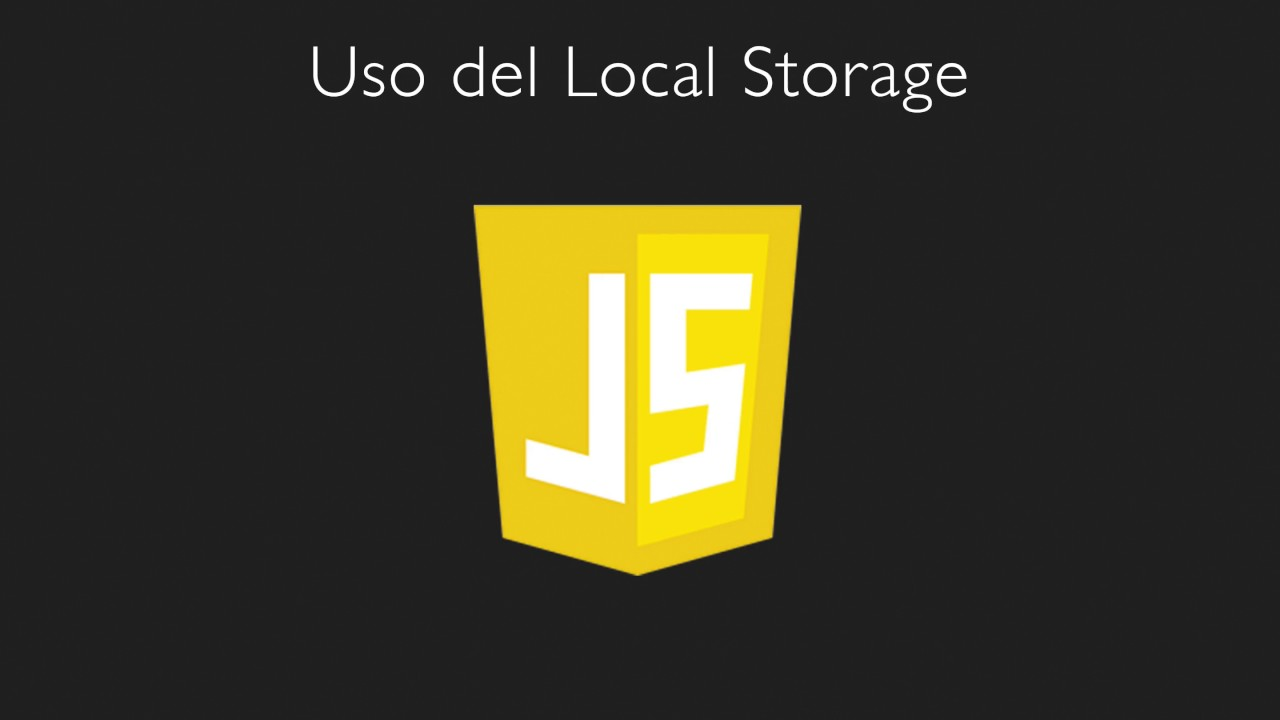Understanding Data Structures is helpful in all aspects of programming, you don’t need to have a particular use case where you’ll use a Tree or a Graph to have to consider learning about them. In fact, I don’t think I’ve ever implemented a proper Tree structure in my 15 years of software development, however, understanding how they work has helped me several times in the past.
The knowledge about them and about their structure and behavior can be extrapolated to other areas within our field. Say you have a Graph, and now think about how a microservice-base architecture can be described. Now look at the following image:
See where I’m going with this? Even a weighted graph can still be considered as the representation of architecture, considering the weight of those edges as if it were the time it takes data to travel from one service to the other.
And the same could be said about the other structures we’ll be covering here, so even if you don’t feel like you’ll ever implement one of these in your day-to-day tasks, take the time to understand them, that knowledge might come in handy in the future.
And finally, a note about implementation: some of these structures can easily be represented by Arrays at its most basics, but you need to look a bit further in order to understand it’s full potential. A data structure is not just the way you structure your data, but also the logic associated with it. The way you insert data, what happens to it inside of it, and even the way you take data out of your structure. That, is where the real magic of data structures resides and the whole point for their existence. Otherwise, we would all be using Arrays for everything.
#javascript #data-structures #front-end-development #nodejs #programming
